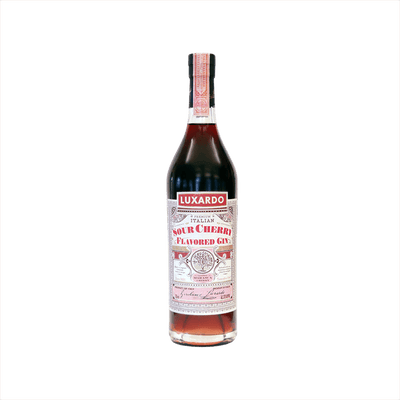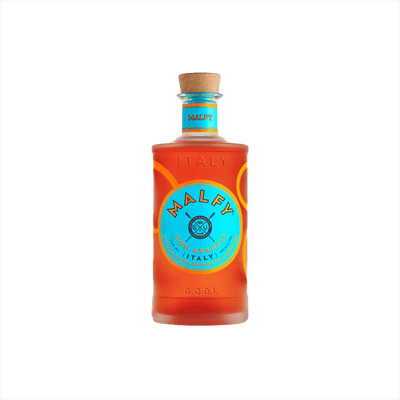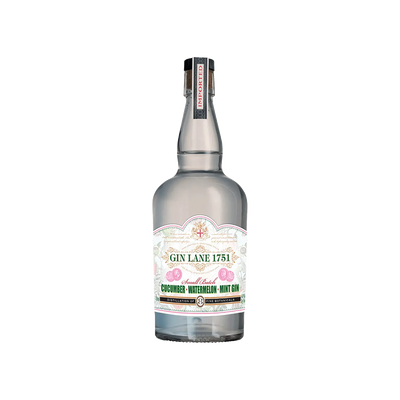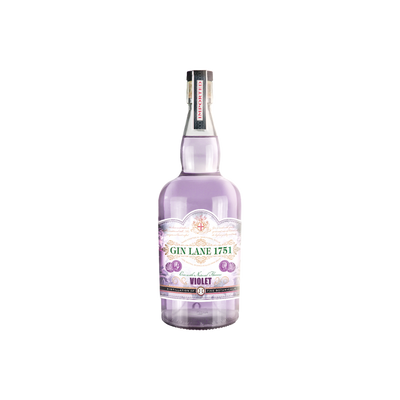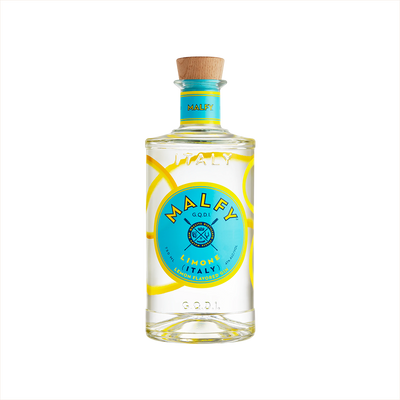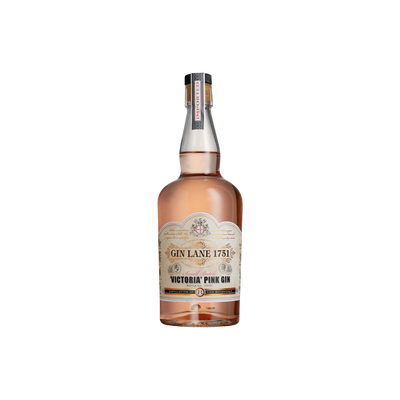Flavored Gin
What is Flavored Gin?
Flavored Gin is a category of gin that goes beyond the traditional juniper-forward profile by incorporating additional botanicals, fruits, spices, or other natural flavoring agents during or after the distillation process. These gins maintain their juniper backbone but feature prominent secondary flavors like citrus, berry, floral, or herbal notes that define their character. What sets flavored gin apart is that these additional taste elements are intentionally highlighted rather than balanced equally with juniper, creating spirits that appeal to both gin purists and those seeking more accessible, fruit-forward options.
Learn More About Flavored Gin
What makes Flavored Gin unique?
Flavored gin breaks away from traditional juniper-forward profiles by incorporating bold, often fruit-based botanicals that take center stage rather than playing supporting roles. While classic gin relies on juniper as its defining characteristic and other styles like Old Tom or Navy Strength focus on sweetness or proof levels, flavored gins prioritize specific taste experiences—think raspberry, elderflower, or cucumber—that can completely transform the spirit's personality. This approach gives distillers creative freedom to craft gins that appeal to different palates and cocktail applications, making them particularly popular with bartenders looking to add instant flavor complexity to their drinks.
How is Flavored Gin made?
Flavored gin starts with a neutral grain spirit that's redistilled with juniper berries and additional botanicals like fruits, spices, herbs, or flowers through vapor infusion or direct maceration. Some distillers add natural flavors or extracts after distillation, while others steep ingredients directly in the spirit before a final distillation run. The key is balancing these added flavors with juniper, which must remain the dominant botanical to legally call the spirit gin.
How do you drink Flavored Gin?
Flavored gin shines brightest in cocktails where its unique botanical profile can play well with complementary mixers – think gin and tonics with berry-flavored varieties, or citrus-forward gins in refreshing Collins-style drinks. While purists might sip premium flavored gins neat or on the rocks to appreciate their craftsmanship, most flavored expressions are designed to be mixed, making them perfect for light, refreshing cocktails during spring and summer months. These gins work beautifully in everything from simple two-ingredient highballs to more complex craft cocktails where their distinctive flavors can add an unexpected twist to classic recipes.
How do I choose a good Flavored Gin?
Start by considering the base gin's quality—look for brands that produce excellent traditional gin first, as flavored versions built on solid foundations tend to shine brighter. Match your gin's flavor profile to your intended use: citrus-forward gins work beautifully in simple serves like gin and tonics, while berry or floral varieties can add complexity to martinis and negronis without overwhelming the other ingredients. Read the label carefully to distinguish between gins with natural botanicals versus artificial flavoring—the real deal will give you better cocktails and fewer regrets the next morning.
Nutritional Information
Typical Calorie Range per Ounce: 70-85 calories
Typical Carbohydrate Range per Ounce: 1-4 grams
Typical Sugar Range per Ounce: 0-3 grams
Typically Gluten Free: Yes
Most flavored gins contain slightly more calories and carbohydrates than traditional gin due to added botanicals, natural flavors, or sweeteners used in the flavoring process. The sugar content varies significantly depending on the brand and flavoring method - some use artificial sweeteners while others incorporate natural fruit extracts or sugar.
While gin is typically gluten-free because the distillation process removes gluten proteins, flavored varieties may contain additives that introduce gluten. Always check the specific product label and manufacturer information to confirm gluten-free status, especially if you have celiac disease or gluten sensitivity.
Scrolled this far? Your reward? Flavored Gin Trivia!
- Japanese distillers are infusing gin with cherry blossom petals, bamboo leaves, and even powdered green tea, creating bottles that change color when you add tonic water. The anthocyanins in certain botanicals react with the pH change, turning your G&T from deep purple to bright pink right before your eyes.
- Some craft distilleries are using "vapor infusion" chambers positioned above their stills, where delicate botanicals like rose petals or fresh herbs never touch the alcohol directly. Instead, the alcohol vapor passes through these ingredients during distillation, capturing their essence without any bitter compounds that direct contact would create.
- The world's most expensive flavored gin contains actual gold flakes and costs over $2,000 per bottle, but here's the kicker – the gold is completely tasteless and adds nothing to the flavor profile. The real premium comes from botanicals like hand-picked Himalayan juniper and rare saffron threads worth more than their weight in silver.
- Distillers in Scotland are aging flavored gins in old whisky barrels for months, creating "barrel-rested" versions that develop amber colors and vanilla notes. This process is so new that regulatory bodies are still debating whether these products can legally be called "gin" since traditional gin rules prohibit aging.
- Some modern gin makers are using rotary evaporators – the same equipment used in molecular gastronomy restaurants – to extract flavors from fresh fruits and vegetables at extremely low temperatures. This technique captures the bright, fresh taste of strawberries or cucumber without any of the cooked flavors that traditional distillation would produce.
Higher-proof spirits can be intense. Mix carefully, taste thoughtfully, and enjoy responsibly.
Gift message (optional)

